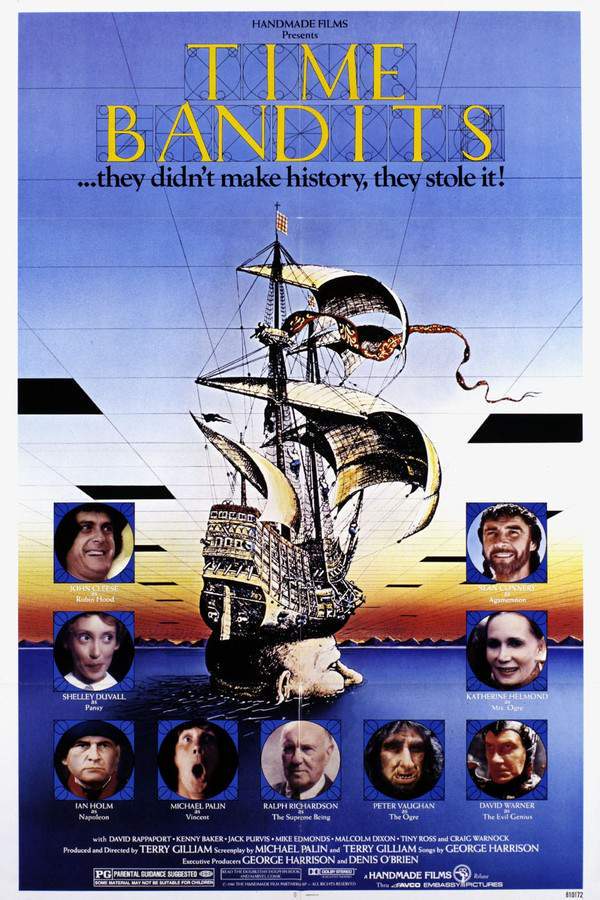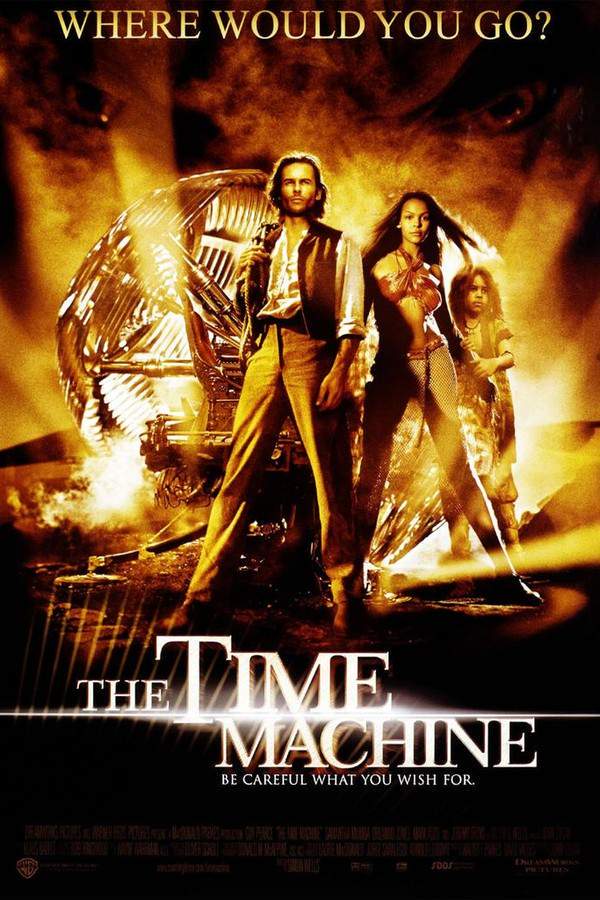
Time Piece
Year: 1965
Runtime: 9 mins
Language: English
The nine‑minute experimental film explores dislocation in time, rhythmic time signatures, the philosophical nature of time, and humanity’s slavery to it. Written, directed and produced by Jim Henson, it premiered at the Museum of Modern Art in May 1965, ran for eighteen months at a Manhattan theater, and earned an Academy Award nomination for Best Live‑Action Short Film.
Warning: spoilers below!
Haven’t seen Time Piece yet? This summary contains major spoilers. Bookmark the page, watch the movie, and come back for the full breakdown. If you're ready, scroll on and relive the story!
Time Piece (1965) – Full Plot Summary & Ending Explained
Read the complete plot breakdown of Time Piece (1965), including all key story events, major twists, and the ending explained in detail. Discover what really happened—and what it all means.
Time Piece unfolds as a kinetic mosaic, a cinematic pulse where fast-cut scenes fall into a rhythmic pentameter and every beat blends with sound and repetition. At the heart of this hypnotic collage is the Man, Jim Henson, who sits patiently in a hospital bed. The identity of the doctor remains unnamed, yet the moment is underscored by a heartbeat that grows louder and more insistent with each passing frame. The Man’s only line, a stark and repeated cry of “Help!,” reverberates through the opening and is echoed again and again, a ghostly leitmotif that anchors the film’s dreamlike logic.
Help!
As the tempo intensifies, the film drifts across the Man’s daily rituals, stitching together a day that slides from one scene to the next with barely a breath in between. He crosses a bustling street in a dizzying procession of outfits and locations, moving through scenes of office toil, a conveyor belt grind, and wandering walks that thread him from urban corners to forest quiet. The montage pushes onward until the Man looks wild with the appearance of Tarzan, then returns to a domestic rhythm—sharing a dinner with his wife, Enid Cafritz—and continuing to observe life from street corners where pogo stick riders flicker in and out of view. The rhythm never stops; it simply morphs.
In one surreal spike, the Man drifts into a strip club, a space where movement and fantasy mingle. The Stripper, April March, performs in a world that seems to tilt between carnival and dream, while the man himself remains in motion, a perpetual motion machine pressed to a single, hypnotic tempo. The sequence blurs the line between spectator and participant, between watched and watching, as the film keeps the pace relentless and bright.
The film’s energy darkens as a key misstep pulls the Man into serious trouble: he is imprisoned for shooting the Mona Lisa while intoxicated, a moment signaled by a surreal image of him painting an elephant pink. Dressed as a cowboy, he is forced into brutal labor—hard, mechanical tasks within a rock pile—before a jailbreak jolts him back into motion. The chase is frantic, and the Man flees across long distances, donning disguises from a top hat to Tarzan, slipping past cowboys and continuing to move at a fever pitch.
The escape reaches a fever pitch when the Man launches from a diving board, aided by a flying device, and soars into the sky only to be brought down by the world’s military powers. He crashes into a muddy puddle, landing in the shape of a rustic clock. The clock’s hands snap to twelve, and the film’s rapid-fire images flash across the screen in a dizzying cascade, as if time itself were crashing into a single, glimmering moment.
Back in the pale, quiet hospital room, the doctor covers the Man’s seemingly lifeless body. The camera tilts upward, and the face that smiles, winks, and reveals a sly warmth belongs to the same figure who began this journey. The convergence of life, art, and illusion folds back on itself, leaving a final impression of cyclical motion and a question about what is real when rhythm governs perception.
Throughout, Time Piece remains a study in movement and mood rather than a conventional narrative, inviting viewers to follow a single, unrelenting tempo as it threads together a man’s day, his dreams, his consequences, and the playful, unsettling mystery at the film’s core. The result is a hypnotic, data-rich tapestry that rewards attentive viewing with new sensory details and subtle shifts in tone on each pass.
Last Updated: October 07, 2025 at 09:01
Unlock the Full Story of Time Piece
Don't stop at just watching — explore Time Piece in full detail. From the complete plot summary and scene-by-scene timeline to character breakdowns, thematic analysis, and a deep dive into the ending — every page helps you truly understand what Time Piece is all about. Plus, discover what's next after the movie.
Time Piece Timeline
Track the full timeline of Time Piece with every major event arranged chronologically. Perfect for decoding non-linear storytelling, flashbacks, or parallel narratives with a clear scene-by-scene breakdown.

Similar Movies to Time Piece
Discover movies like Time Piece that share similar genres, themes, and storytelling elements. Whether you’re drawn to the atmosphere, character arcs, or plot structure, these curated recommendations will help you explore more films you’ll love.
Explore More About Movie Time Piece
Time Piece (1965) Scene-by-Scene Movie Timeline
Time Piece (1965) Movie Characters, Themes & Settings
Time Piece (1965) Spoiler-Free Summary & Key Flow
Movies Like Time Piece – Similar Titles You’ll Enjoy
Time Bandits (1981) Full Movie Breakdown
The Time Machine (2002) Complete Plot Breakdown
10 Minute Time Machine (2017) Spoiler-Packed Plot Recap
Time Kid (2003) Plot Summary & Ending Explained
Period Piece (2006) Full Movie Breakdown
The Wizard of Speed and Time (1988) Story Summary & Characters
As Time Goes By (1988) Full Movie Breakdown
Time Masters (1982) Plot Summary & Ending Explained
Time Theorem (2022) Full Movie Breakdown
The Wizard of Speed and Time (1979) Complete Plot Breakdown
The Time of Their Lives (1946) Full Summary & Key Details
Entr’acte (1924) Full Movie Breakdown
Time Flies (1944) Story Summary & Characters
Modern Times (1936) Plot Summary & Ending Explained
Time on My Hands (1932) Ending Explained & Film Insights

















